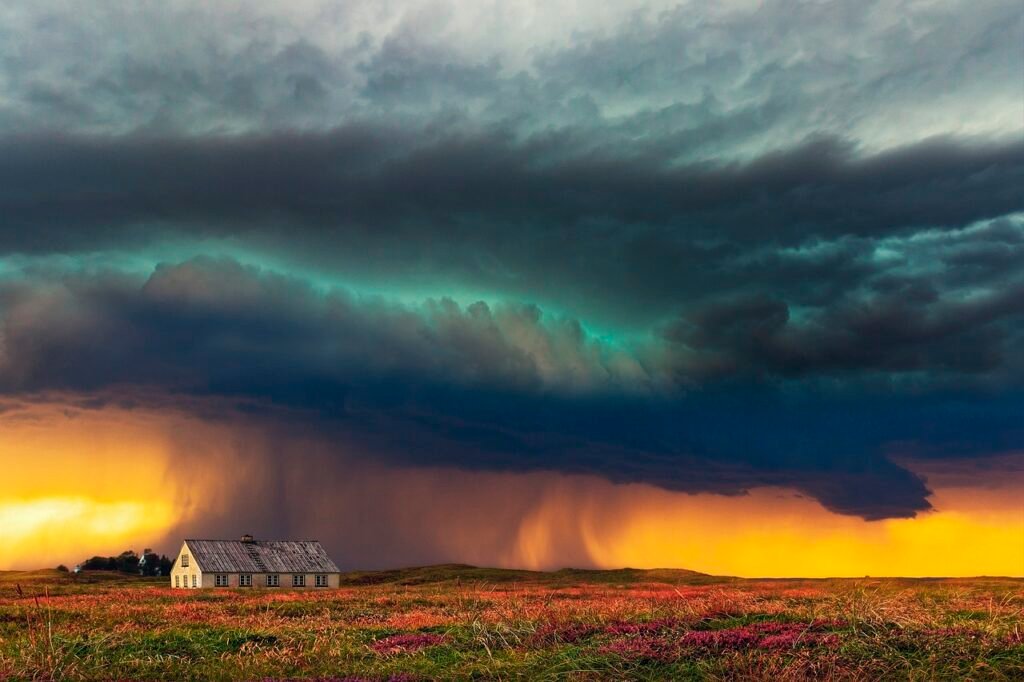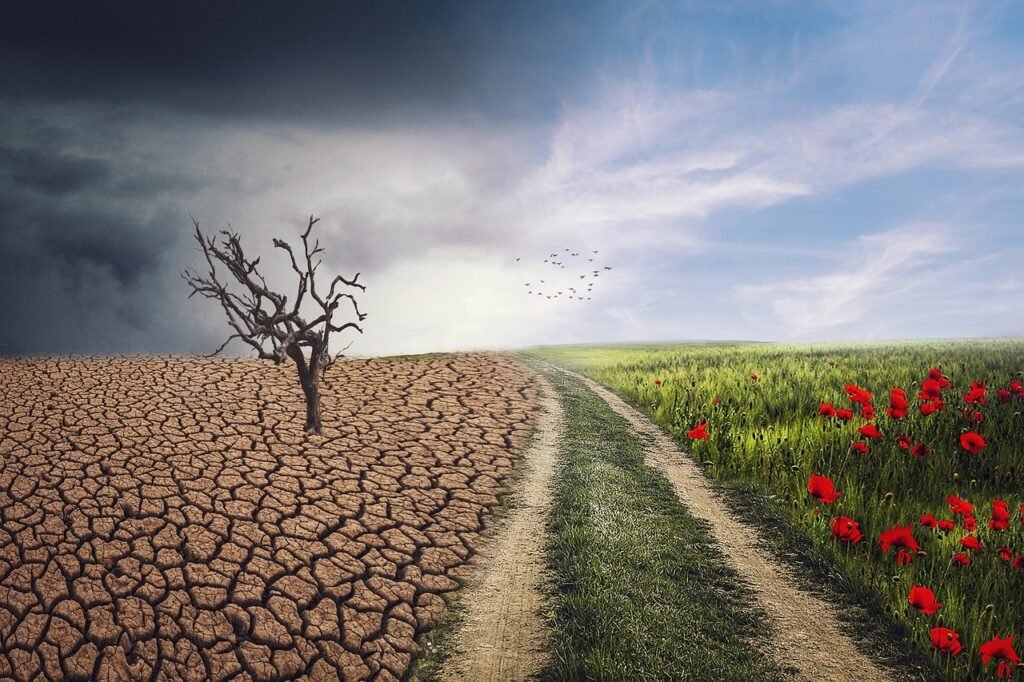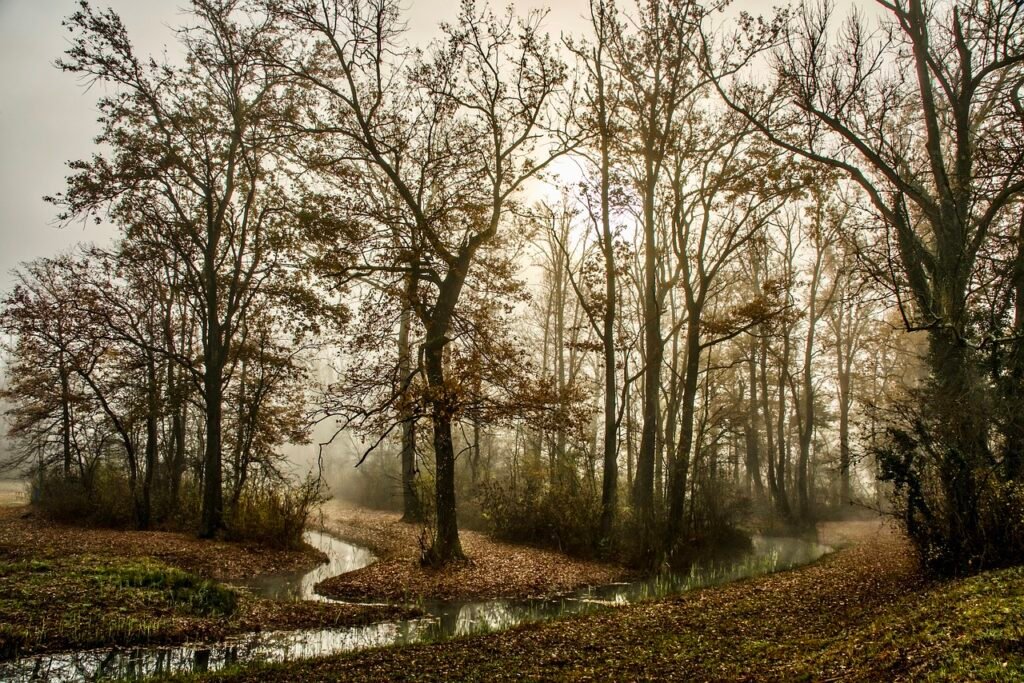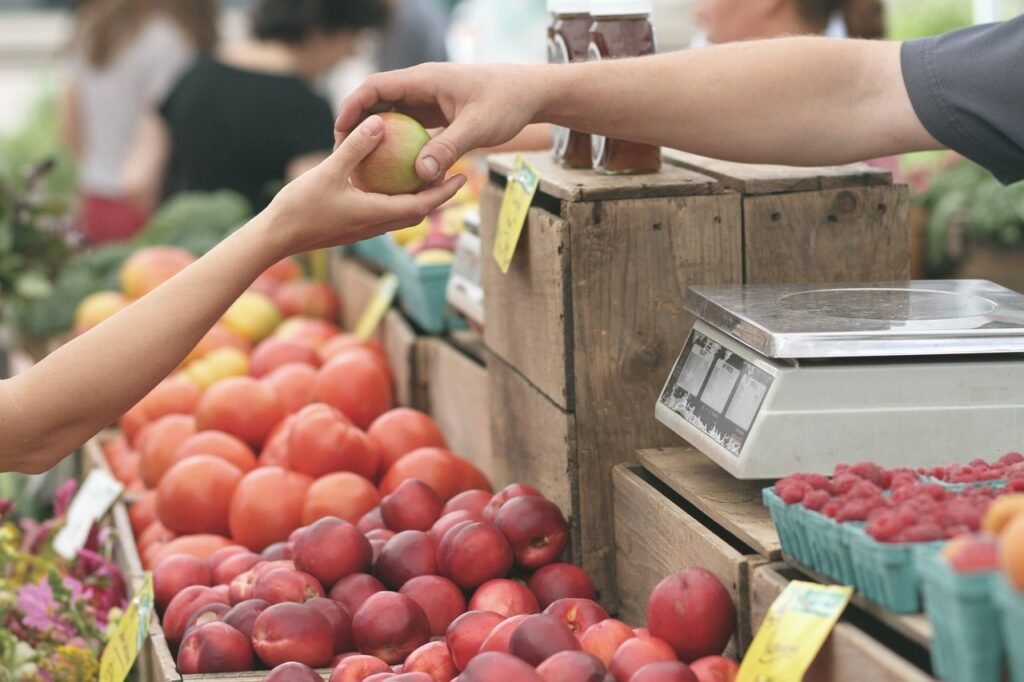
Intro
When it comes to living the self-sufficient lifestyle, choosing the right location is paramount. From climate to cost, certain locations are more conducive to the homesteading life than others. As such, this article will delve into the best states for homesteading and consider factors like weather, cost, and availability of resources.
Considering the Climate and Weather for Homesteading

Choosing your homesteading location involves a careful analysis of the local climate and weather patterns. Both these factors are crucial determinants of what you can grow and the type of livestock that will thrive. For those who prefer a balanced four-season climate that allows for diverse farming activities, states such as Tennessee and North Carolina are worthy contenders. These states boast mild winters and long, warm summers that are conducive to growing a variety of crops and raising a wide range of livestock.
However, some might see the appeal in embracing a more challenging climate. For instance, Alaska’s long, icy winters present a unique homesteading opportunity. Here, you’ll find a focus on resilient crops, hunting and fishing, and an unparalleled spirit of resourcefulness. It’s not an easy choice, but for the adventurous, it can offer an unmatched homesteading experience.
But it’s not all about the extremes. There are many states that offer a compromise between these two scenarios, with climates that are neither too harsh nor too mild. In these regions, you can enjoy the benefits of varied agricultural activities without having to endure extreme weather conditions.
Keep in mind, however, that each of these climates will require different strategies for successful homesteading. For instance, a state with long, harsh winters like Alaska will require a focus on cold-hardy crops and a reliable heat source for your home and livestock. On the other hand, a state with a milder climate will require efficient water management systems to cope with longer growing seasons.
So, as you consider the best states for homesteading, make sure to factor in how well you can adapt to the local climate and weather. Can you handle the chill of an Alaskan winter or the heat of a Tennessee summer? Your answer will guide you toward the best homesteading location for you.
Factoring in the Cost of Land and Living Expenses

In the quest for self-sufficiency, determining the affordability of land and the associated cost of living is a pivotal step. As you explore the cheapest state to buy land, it’s important to extend your analysis to encompass day-to-day living expenses as well. It’s not just about securing an affordable plot of land, but also ensuring that you can comfortably afford to live and maintain your homestead.
Among the states recognized for their affordable land prices, Mississippi stands out as a leading choice. In addition to low land prices, Mississippi also prides itself on a cost of living that is considerably below the national average. This combination of low land costs and affordable living makes it a tempting option for budding homesteaders.
A similar scenario is found in Arkansas, where low-cost land is coupled with a lower than average cost of living. It’s an appealing option for those aiming to kickstart their homesteading journey without breaking the bank.
On the other end of the spectrum, there are states like Vermont where the initial investment may be higher, but the potential rewards could make it a worthy investment. Vermont’s reputation for its fertile soil and deep-rooted farming culture may command higher land prices, but the state’s potential for self-sufficiency and sustainable homesteading is hard to ignore.
As you evaluate potential homesteading locations, remember to balance the cost of land with the cost of living. Consider not just the price tag on the land but also the ongoing expenses of maintaining a homestead. These could include utilities, taxes, insurance, and the cost of inputs for farming and livestock rearing.
So, when looking for the cheapest state to buy land for your homestead, don’t forget to take a comprehensive view of your potential expenses. Whether it’s the attractively low costs of Mississippi and Arkansas or the longer-term sustainability potential of Vermont, make sure to pick a state that matches not only your homesteading aspirations but also your financial capabilities.
Assessing the Availability and Accessibility of Resources

One of the most critical components of a successful homesteading journey is the ready access to essential resources. This aspect can significantly influence your choice of homesteading location. Proximity to crucial resources such as timber, natural water sources, fertile soil, and open space can directly impact the sustainability and productivity of your homestead.
Missouri and Oregon are known for their rich, fertile soils and ample water supplies, making them excellent choices for those interested in growing their own food. Whether it’s cultivating a small vegetable garden or managing a larger scale farm, having fertile soil and ample water is vital to ensure a successful harvest. Moreover, these states are also characterized by their lush landscapes, which provide a plethora of opportunities for foraging, hunting, and fishing.
On the other hand, a state like Texas, with its vast tracts of land, is particularly appealing for those with a keen interest in livestock rearing. The abundant open spaces offer an ideal environment for a range of livestock, from chickens to cattle. And it’s not just about the space; the state’s generally mild climate also lends itself well to a variety of agricultural activities throughout the year.
And let’s not forget about resources like timber. A state with abundant timber resources can be a boon for those looking to construct their own homes or outbuildings, or even for those needing wood for fuel during the colder months. States like Maine and Washington, rich in forests, offer the potential to sustainably source your own building materials and firewood, significantly reducing your reliance on external supplies.
But accessibility to these resources is equally as important as their availability. Therefore, when choosing a homesteading location, consider how easily you can access these resources. For instance, if a state has plenty of water resources, but they’re primarily located in hard-to-reach mountainous regions, it may not be the most practical choice. Similarly, an abundant supply of timber is of little use if the local regulations restrict you from logging.
Understanding the State Laws and Regulations

Navigating through the legislative maze associated with homesteading is a critical factor when selecting your ideal state for setting up a self-sufficient lifestyle. Each state will have unique laws and regulatory considerations that can significantly influence the ease and success of your homesteading endeavors. Understanding these aspects in depth can help you make an informed decision.
For instance, building codes and zoning laws can vary significantly from state to state. Some states offer more flexibility in this area, making the task of setting up and expanding a homestead easier. Idaho is a notable example in this context. Known for its relaxed zoning laws, Idaho provides increased leeway for those looking to establish their unique homestead, allowing you more freedom to build as per your needs and preferences.
Similarly, the regulations regarding activities like hunting, fishing, and farming can also affect your homesteading experience. Laws concerning hunting seasons, fishing limits, and farming practices may differ considerably across states. It’s crucial to have a clear understanding of these regulations to avoid legal complications and to plan your homesteading activities effectively.
In addition to laws and regulations, state-level programs and incentives can also play a decisive role. For example, states like Maine have programs specifically designed to support small-scale farming and agriculture. These initiatives can offer a variety of benefits, from financial aid and technical support to resource management guidance. By offering these incentives, these states provide an added boost to those seeking to build a self-sustaining lifestyle.
However, keep in mind that while some states may offer lenient laws and encouraging incentives, others may have more restrictive regulations in place. It’s not uncommon for some states to have stringent building codes or restrictive land-use regulations. Such states may require you to navigate through extensive permit processes or adhere to specific building standards, potentially making the establishment of a homestead more challenging.
That’s why it’s essential to thoroughly research these aspects before deciding on the best state for your homesteading project. Reach out to local authorities, consult with established homesteaders in the area, or even consider legal counsel to ensure you have a comprehensive understanding of the relevant laws and regulations. This proactive approach can help you avoid unexpected roadblocks and lay a solid foundation for your homesteading journey. Remember, laws and regulations might seem daunting initially, but with proper understanding and careful planning, they can be managed effectively.
Evaluating the Community and Local Culture

Choosing a place to homestead is about more than just the land, it’s also about the people and the culture that surrounds it. Becoming a part of a community that embraces and understands the homesteading lifestyle can significantly impact your experience. States with a rich farming history or strong agricultural roots tend to harbor communities that are more accepting and supportive of homesteaders. Vermont and Maine, with their long-standing farming traditions and local support for agriculture, serve as prime examples of such environments.
When assessing community and local culture, consider the existing networks of farmers, gardeners, and self-sufficiency enthusiasts in the area. Having access to a community of like-minded individuals can offer opportunities for collaboration, knowledge sharing, and mutual support. This network can prove to be invaluable when you’re looking for advice, needing to swap resources, or facing challenges in your homesteading journey.
Local cultural norms and values also play a significant role in defining your homesteading experience. Understanding how the local culture perceives self-sufficiency, farming, and a back-to-basics lifestyle can influence your interactions with your neighbors and the wider community. In regions where farming and homesteading practices have deep roots in the community’s culture, you’re likely to find more acceptance and understanding.
It’s also worth investigating the community’s attitude toward things like farmers’ markets, barter systems, and cooperative work initiatives. In many farming and homesteading communities, these are vibrant aspects of local life. They can provide an avenue for you to sell your produce, trade for goods and services, or even pool labor for larger tasks.
Finally, remember to consider the community’s availability and willingness to participate in your homesteading adventure. A supportive community can be an enormous asset in times of need, and being able to lend a hand to your neighbors can strengthen your ties with them.
In the end, a sense of community and a shared understanding of the homesteading ethos can significantly enhance your homesteading experience. While climate, cost, and resources are critical, the value of a welcoming and supportive community shouldn’t be overlooked in your quest for the best states for homesteading.




